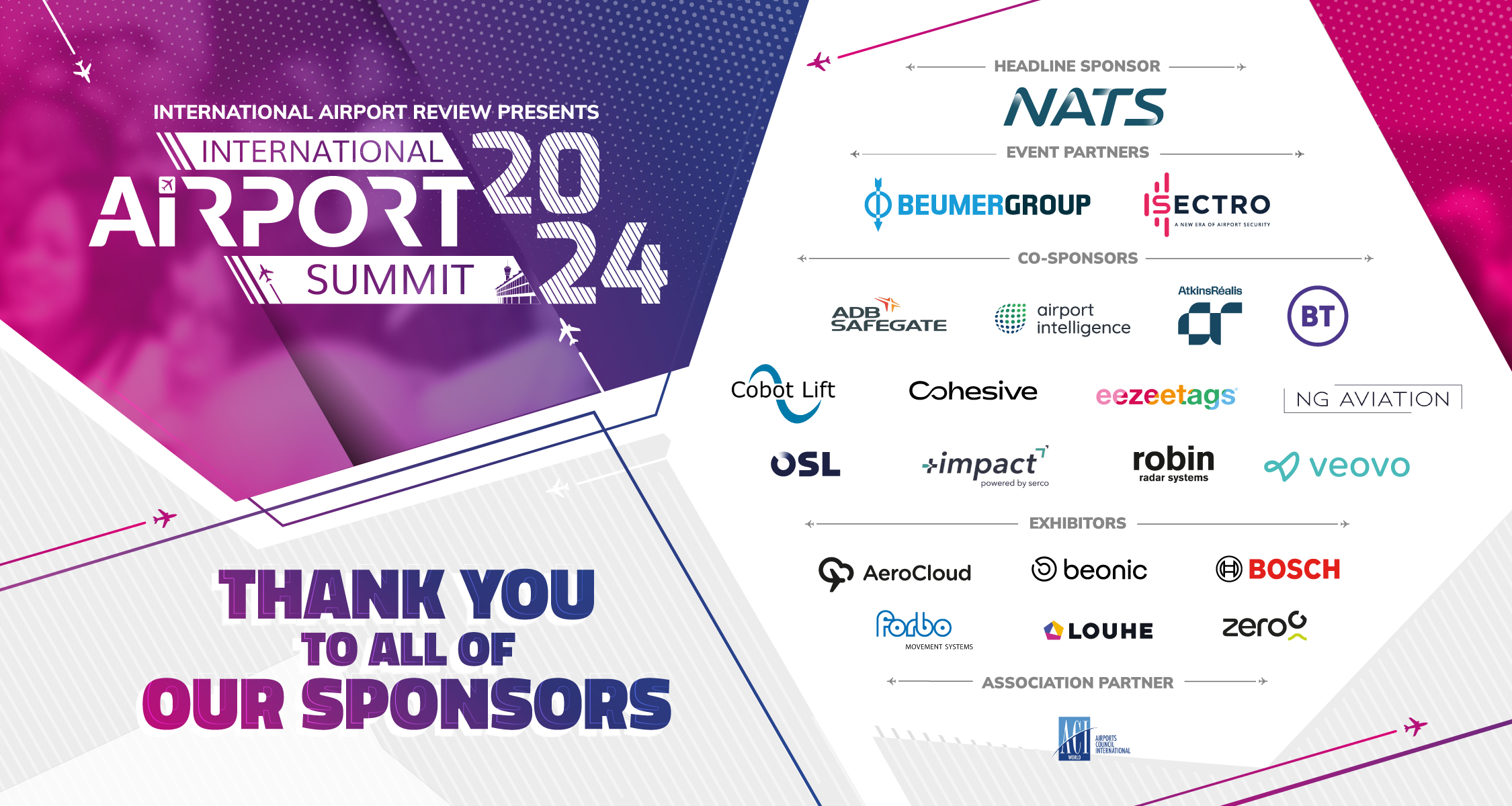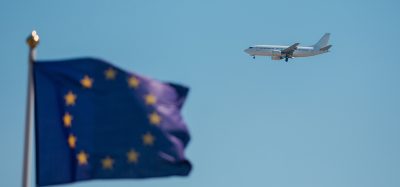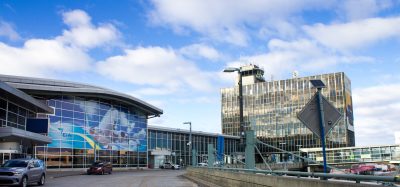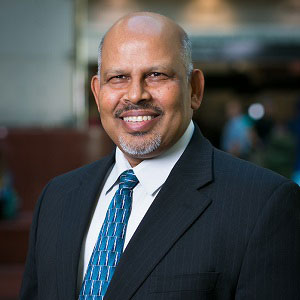How do we ensure sustainable expansion when growing airport operations?
- Like
- Digg
- Del
- Tumblr
- VKontakte
- Buffer
- Love This
- Odnoklassniki
- Meneame
- Blogger
- Amazon
- Yahoo Mail
- Gmail
- AOL
- Newsvine
- HackerNews
- Evernote
- MySpace
- Mail.ru
- Viadeo
- Line
- Comments
- Yummly
- SMS
- Viber
- Telegram
- Subscribe
- Skype
- Facebook Messenger
- Kakao
- LiveJournal
- Yammer
- Edgar
- Fintel
- Mix
- Instapaper
- Copy Link
Posted: 28 April 2025 | Gabriel Higgins | No comments yet
At the International Airport Summit 2024, experts discussed sustainable airport growth, focusing on climate change impacts, technological innovations such as Follow the Greens, and adaptation strategies for future resilience.
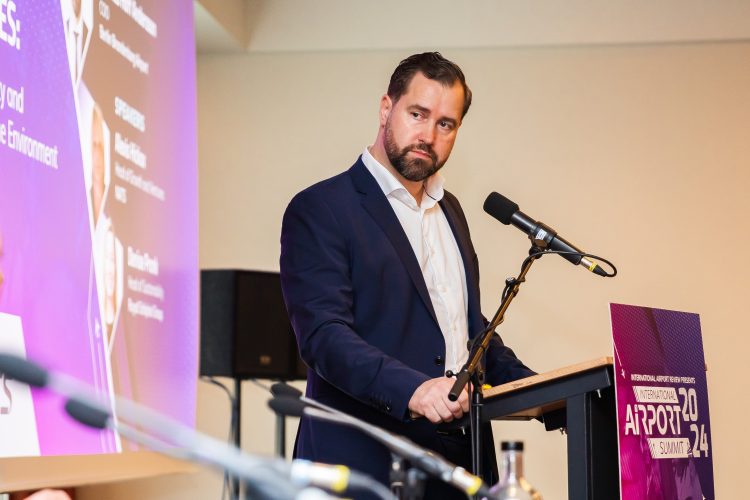

Thomas Hoff Andersson. IAR Summit 2024.
At the International Airport Summit 2024, a panel moderated by Thomas Hoff Andersson, Chief Operating Officer (COO) of Berlin Brandenburg Airport; Alessandro Fidato, Chief Operating Officer of SEA Milan Airports; Jason Inniss, Director Airport Operations for Skyport Ltd; and Juan Somozas, Airfield Turnkey Solutions Consultant at ADB Safegate, shared their perspectives on how airports can grow operations sustainably, while facing the current challenges of climate change.
Climate change is impacting airports
Most talk about how climate change within the aviation industry is generally about future goals to be achieved. Climate change, however, is already a problem affecting airports around the globe as acknowledged by the panel. An issue that Alessandro Fidato now faces in Milan (Malpensa and Linate Airport) is a rise in the temperature. A decade ago, the airports only had peaks over 35 degrees Celsius for 30 hours per year. Now they are registering 220 hours above 35 degrees Celsius – a sevenfold increase. Due to this temperature rise, the airports now need upgrades to its infrastructure, such as air conditioning units as they are no longer compatible.
On the other side of the globe, the temperature rise also impacts L. F. Wade International Airport in Bermuda (BDA). Typically, hurricane seasons peak between September and October, however, Bermuda experienced its first hurricane this year in August.
The impact on the airport is detrimental. When storms occur, the airport must close for extended periods, flights are cancelled or diverted, and infrastructure damage all leads to lost revenue.
“I think collectively, we need to address things now. And it’s something that we say in the Caribbean, if you fail to plan, you plan to fail. It’s the same thing here, if we fail to plan for the future, we’re going to fail in terms of environmental sustainability,” asserted Mr Inniss.
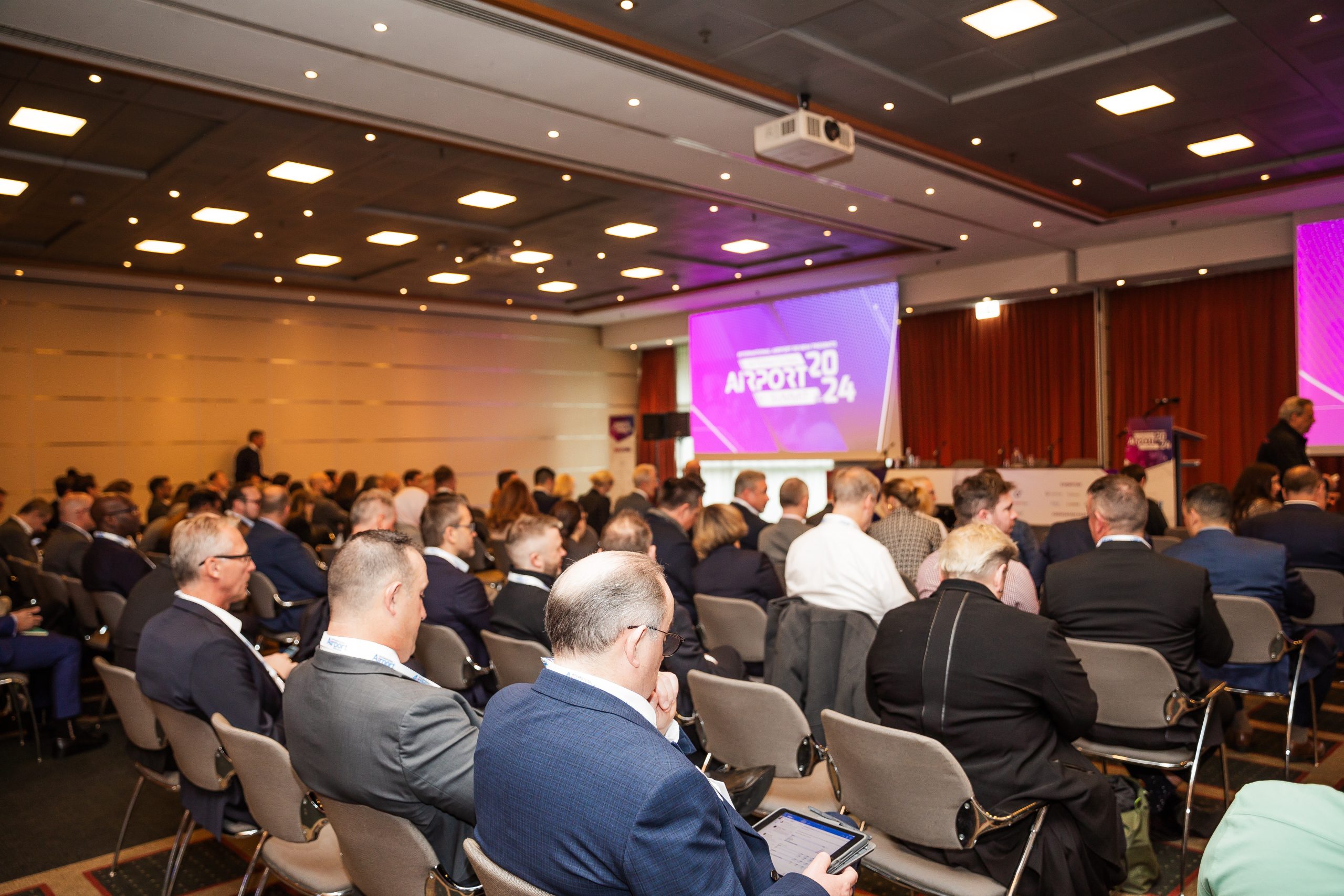

IAR Summit 2024
Technology’s role in operations and sustainability
For airports to grow operations sustainably the need for technology is paramount. A great example that Juan Somozas discussed was the innovative traffic control system Follow the Greens.
Congestion is an issue that many airports face resulting in flight delays and higher fuel consumption. Fuel used during the ground phase can account for up to short-haul aircraft on its journey. Follow the Green system removes previous obstacles with automated guidance and conflict handling linking air traffic control to ground lighting. With the automated guidance from the system, the Air Traffic Controller can define a route for the Pilot to follow.
JetBlue Airways will be operating a larger (Airbus A321) aircraft between Bermuda and Boston this summer, increasing capacity by 60 passengers per day per flight. Flight frequency remains the same, but capacity will increase significantly.”
Mr Somozas recalled the system’s benefits when they implemented it at Zayed International Airport (AUH) a few years ago. Emissions were reduced by 45% and taxiway incursions by 82%, striking a balance between sustainability and growing operations.
The airport industry is also moving towards utilising AI and IoT connectivity for sustainable growth, Mr Somozas noted. An example he shared was the use of IoT lighting devices incorporated with sensors for airside operations. These sensors can, for instance, measure water levels in the lights, something that would cause damage. Previously, it would be difficult to know of this until the devices broke, but with the help of the sensors, these can now be fixed before the need to be replaced. This means the requirement for replacing that leads to further carbon footprint is also avoided.
All data that is collected from technology can also now be stored in a digital cloud incorporated with AI, advancing knowledge of operations that can contribute to sustainable solutions and efficiency.
Climate change adaptation plan at Milan Malpensa and Linate Airport
For Mr Fidato, to enhance operations sustainably there is a need for adapting to future environments. In 2021 Malpensa was forced to shut down after being flooded from intense rain. From this event, the airport decided to launch the first climate change adaptation plan. A climate change model risk was developed for the locations of SEA’s airports in Milan, looking at what the climates of 2040 and 2060 could be.
“We considered two scenarios [Climate change model risk] far more conservative than the Paris Agreement of 1.5 Degree Celsius. Our two scenarios were plus 3 [2040] and 5 [2060] Degree Celsius. We then evaluated how our two airports would have changed with all the different climate parameters, from the intensity of the rain, the average temperature, and heat waves.”
With this model, they worked out what would be impacted across all airport facets, from airfield infrastructure to the workforce. SEA Milan has already begun to implement some upgrades to the airport, with EU funding, that would not suffice in the above scenarios to mitigate damage. Drainage systems, pipelines, and air conditioning are just some of the changes that are being upgraded.
As concluded by Mr Fidato: “To be more resilient you have to get ready.”
Strategies for sustainable operations
BDA Airport is currently at level one in the ACI Airport Carbon Accreditation, though are building on that to achieve level 2. For BDA the essentials for progression are through the implementation of policies, that derive both externally to the airport and internally. The Bermuda government’s mandate of the Clean Air Act and the airport’s intention to drive out as much carbon emissions as possible lay the foundation for how they will grow operations.
For level 2, working on measuring and defining all carbon emissions, both indirect and direct, is the next step.
The airport currently has had a six-megawatt solar PV farm (Photovoltaic) facility for a few years now. Just this year the airport planted a hundred Bermuda cedar trees. “To me, that says that we’re looking towards the future because we not only need to control it in terms of the emissions that we generate, we need to also start to reverse climate change. These endemic species to Bermuda will take a lot of the carbon out of the environment.” Proclaimed Mr Inniss.
Another initiative of BDA for expanding operations while remaining sustainable is to collaborate with airlines. Currently, BDA is an IATA level 2 slot-controlled airport. Mr Inniss wants to see an up-gauge of aircrafts. A typical size aircraft is an A319, however, larger aircraft are more efficient on a per-passenger basis. This makes it more efficient and sustainable to increase passengers for the airport without having to increase the number of flights. For a small airport like BDA, this is critical as they are limited in the number of flights they can handle.
Skyport, as the airport operator, has regular meetings with its airline partners regarding flights to and from Bermuda. Its policy is to encourage capacity increases for larger aircraft. For example, JetBlue Airways will be operating a larger (Airbus A321) aircraft between Bermuda and Boston this summer, increasing capacity by 60 passengers per day per flight. Flight frequency remains the same, but capacity will increase significantly.
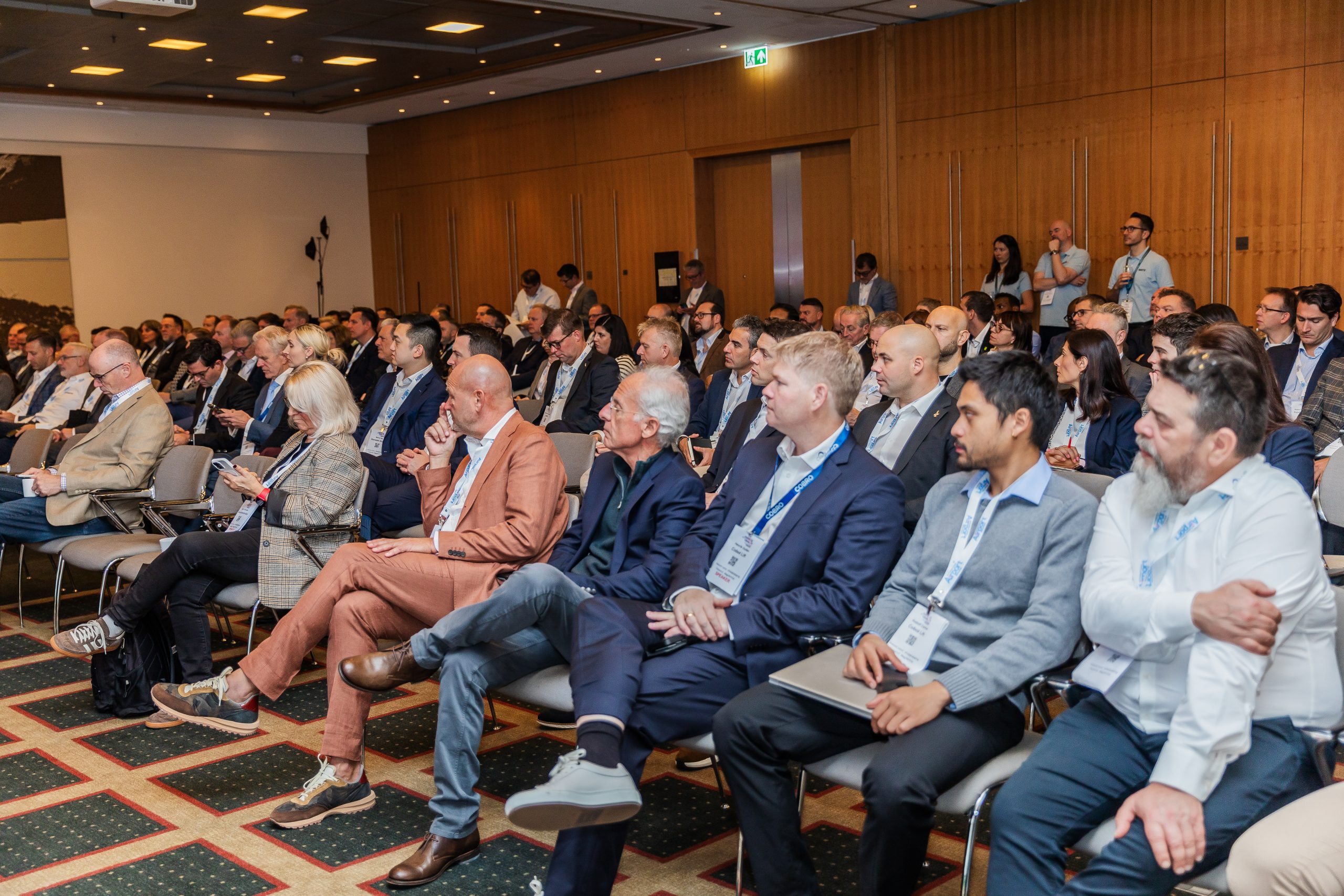

IAR Summit 2024
The future of sustainable operations
In closing, the operators concluded that collaboration is imperative for sustainable growth of operations, which requires a multi-faceted approach, balancing environmental responsibility with technological innovation and adaptation to climate change. Airports must proactively address the immediate effects of climate change, such as rising temperatures and extreme weather events while planning for long-term resilience. Implementing advanced technologies like Follow the Greens and AI-driven systems can help reduce emissions and improve operational efficiency.
Airports must also adopt comprehensive climate change adaptation strategies, as seen in MXP and LIN’s climate risk model and BDA’s initiatives to reduce emissions and increase sustainability.
The effort, however, that airports are going to for sustainability is a great achievement as summed up by Mr Inniss in his closing remarks:
“We should be very proud of ourselves as industry experts. Considering that aviation only represents 2% of global emissions, and also considering that airports are 5% of that. It’s a small number when you look at it worldwide, but the effort that we are putting in is really commendable.”
Feeling like you missed out? Well, you did! Register here for International Airport Summit 2025 and ensure you don’t suffer from FOMO again next year!
Register here
Related topics
Aircraft, Airlines, Airport construction and design, Airport development, Airport leadership, Airside operations, Artificial intelligence (AI), Cleaner, Greener Airports: Making Aviation More Sustainable Series, Emissions, Green energy, Innovation, International Airport Summit, New technologies, Operational efficiency, Passenger experience and seamless travel, Passenger volumes, Runways and pavements, Social responsibility, Sustainability, Sustainable development, Terminal operations, Workforce
Related airports
Berlin Brandenburg Airport, L. F. Wade International Airport, Milan Linate Airport, Milan Malpensa Airport, Zayed International Airport
Related airlines
Related organisations
ACI, ADB Safegate, Bermuda Government, European Union, IATA, SEA Milan Airports, Skyport Ltd
Related regions
Related people
Alessandro Fidato, Jason Inniss, Juan Somozas, Thomas Hoff Andersson



